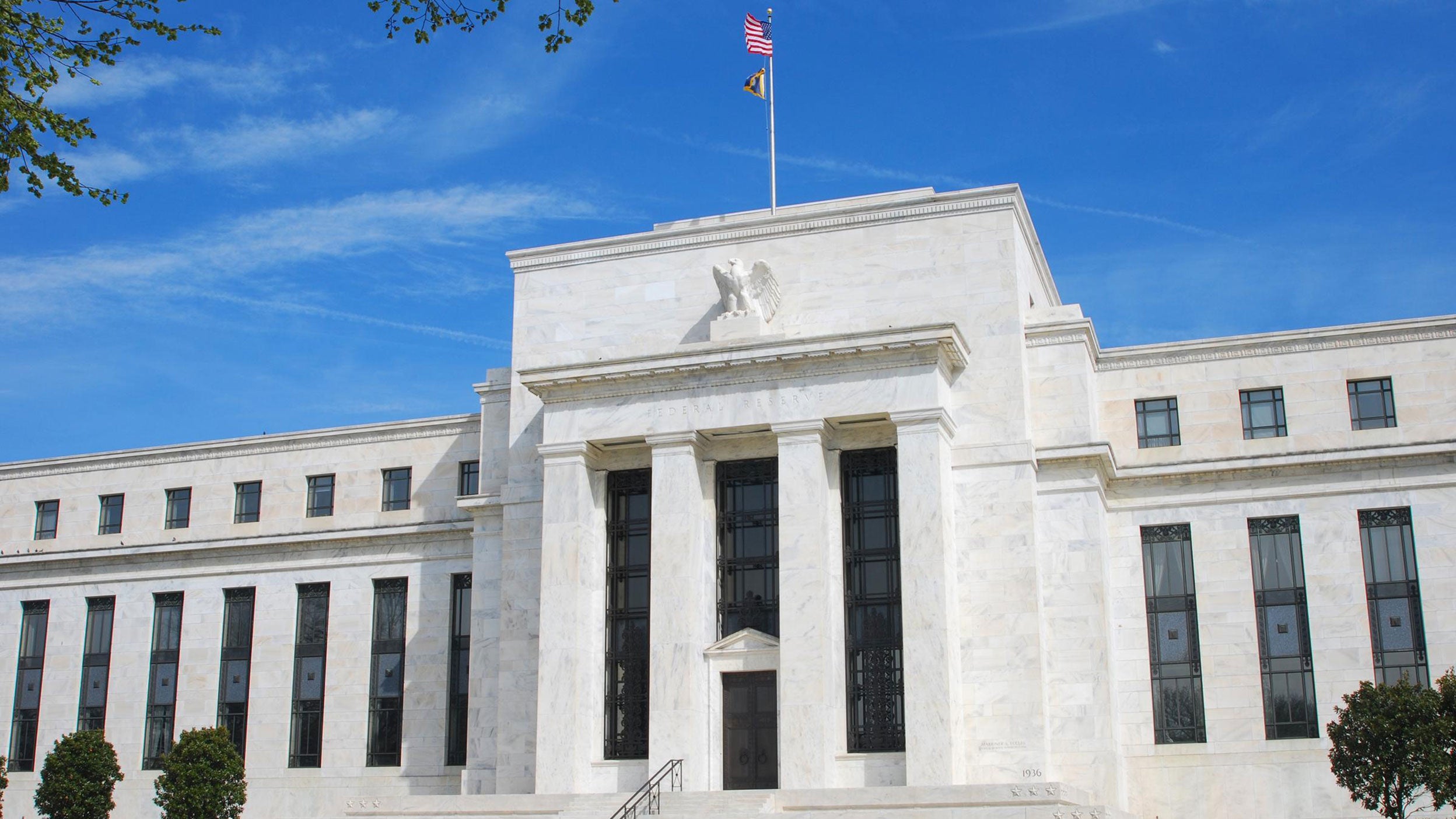Central bankers hold the belief that the current level of inflation is transitory. They say it’s a bottom-up, accidental process delivered by temporary price increases - something that often happens when economies re-open and tends to be reversed quickly. But I believe this is an upside-down theory of inflation.
While, the US Federal Reserve (Fed) has been insistent that inflation will soon return to more normal levels, investors - especially those investing in bonds – may be tentative about maintaining exposure to assets vulnerable to inflation. This is because rising inflation is likely to erode returns for at least the next two years.
In June, US CPI inflation hit 5.4%, a high not seen since September 1990. This was a major shock to markets and to Federal Reserve (Fed) Officials. From April to June, the overall headline index increased by 0.8%, 0.6% and 0.9% in each month respectively – and the core PCE rate in June was 1.5% more year-on-year than the Fed’s target of 2%.
Transitory factors
Despite steep increases during the period to the end of March, 10-year US Treasury bond yields have declined from 1.74% to 1.30% since, which suggests that market participants aren’t that concerned about inflation. It’s left many wondering – how can this be?
Fed Vice Chair Richard Clarida explained after a speech on 4 August that the current rates of inflation reflects two temporary idiosyncratic elements that will soon disappear: a “round-trip rebound of prices” from low levels in spring and summer 2020 (like reduced hotel prices at the onset of the pandemic now returning to normal, leaving not much change to prices overall), and (2) a similar trend at a global level driving up commodity prices.
He believes another possible source of inflation may come from the labour market, but admits this is hard to estimate as he expects the supply of labour to rise in autumn as people return to the market post-pandemic. In fact, he argued, “there is significant downside risk to this forecast”.
Moreover, while inflation expectations remain anchored at a low level, Fed officials repeatedly say that they are confident there will be no serious threat to price stability.
But beyond these individual factors, what is really behind the sudden surge in the inflation rate?
Mistakes of the past
Former Morgan Stanley Asia chairman and Yale University faculty member Stephen Roach recalls he worked at the Fed in the 1970s.[1] He “was witness to the birth of the Great Inflation as a Fed insider”. Arthur Burns, chairman at that time was an expert on the business cycle and used his “knowledge to poke holes in staff presentations”. Roach “found quickly that you couldn’t tell him anything”.
Yet even Burns, who ruled the Fed with an iron fist, lacked the analytical framework to assess the interplay between the real economy and inflation, and how that linked to monetary policy. He often segmented the problems he faced as a policymaker, especially the emergence of what would soon become the Great Inflation. Like business cycles, Burns believed price trends were heavily influenced by idiosyncratic, or exogenous factors – “noise” that had nothing to do with monetary policy.
This proved to be a blunder of epic proportions. When US oil prices quadrupled following the OPEC oil embargo in 1973, he argued that, since this had nothing to do with monetary policy, the Fed should exclude oil and domestic energy-related from the consumer price index. Staff objected – they felt it made no sense to ignore such important items, especially because they had a weight of over 11% in the CPI.
Surging food prices in 1973 were attributed to adverse weather, particularly an El Niño event that decimated Peruvian anchovies. Food, which had a weight of 25% - was subsequently removed from the CPI too.
Eventually, only about 35% of the CPI was left – and was subject to double digit increase. Burns then conceded (far too late) that the United States had an inflation problem. The painful lesson: ignore so-called transitory factors at great peril.
A similar pattern is emerging today. The Fed has allowed the US M2 money supply to be inflated by almost 32% since February 2020, something that astonishes those who believe that inflation is monetary.
A more comprehensive view
Albert Friedberg, a Toronto-based money manager and commodity trader offers one of the most succinct explanation for inflation[2], which he says, is inevitably “lumpy”. Excess money creation leads to rising prices and the price of hard-to-find goods to rises far faster than the price of easily found goods without necessitating any price accommodation.
The sharp increase in the price of oil during the last major episode of inflation in the seventies - and the impact on the price of commodities is a good example. Consumers were able to manage these increases because they had more money to spend but over time, this raised the prices of other goods that gradually came into short supply. First cocoa – think smaller but not cheaper chocolate bars - then sugar, wheat and so on. This is how inflation works — not a straight line, but a jagged one.
Similar trends soon occurred with other goods and services in short supply such as property, cars, international shipping rates, electronic chips etc. Since these have surged without other prices adjusting downwards, this must mean that higher inflation is here to stay – at least for the next two years while the excess money works its way through the system.
Fed officials recently stated they’re ready to tackle inflation whenever they feel that it ought to be done. But to effectively deal with inflation, they first need to understand what’s causing it and that could be months or years away.
Friedberg sees no use in further speculation. “It will be a long time, years even, before the Fed regains control of prices”. His outlook is that during this time, inflation will rage and consumer purchasing power will shrink as wages struggle to keep pace with prices. This will severely impact economic activity and slowdowns and recessions will follow. “Corporate margins will shrink. Price controls, always useless and counterproductive, will almost certainly reappear on the scene.”
Inflation is fundamentally caused by excess money, something that central banks have re-created one way or another after more than a decade of slow monetary growth. Unless the Fed addresses the bigger picture around the causes of the current spike, their 2% goal is little more than blind optimism – and we could see the mistakes of the past repeated.





